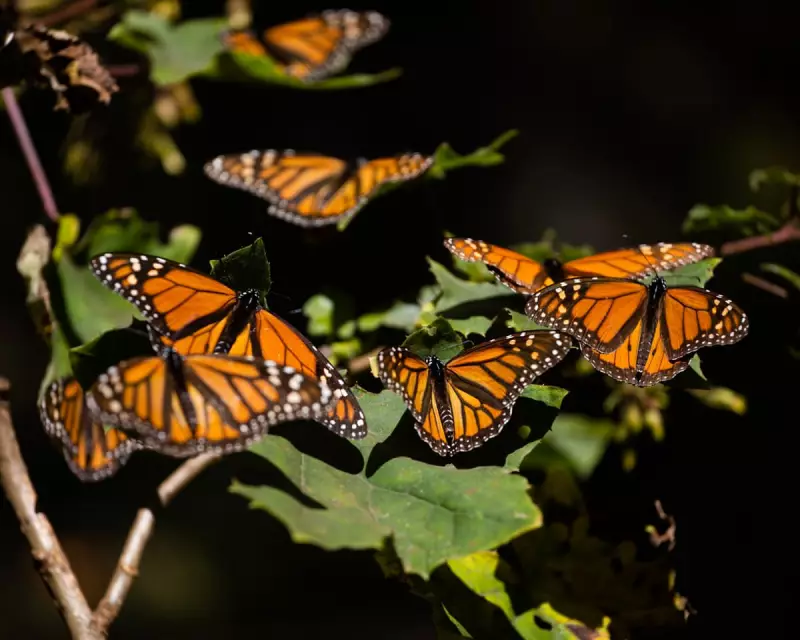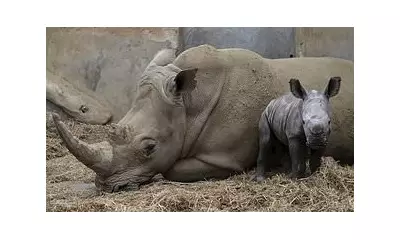
The monarch butterfly, one of nature's most iconic pollinators, is facing a catastrophic population decline due to the widespread use of pesticides, according to recent studies. Conservationists are sounding the alarm as the species edges closer to potential extinction.
The Crisis Unfolds
Researchers have documented a dramatic drop in monarch butterfly numbers across their migratory routes. The primary culprit? Agricultural pesticides, which disrupt their breeding habitats and food sources.
Impact on Ecosystems
Monarchs play a crucial role in pollination, and their decline could have cascading effects on biodiversity. Experts warn that the loss of these butterflies may destabilise ecosystems already under pressure from climate change and habitat destruction.
What Can Be Done?
Conservation groups are urging immediate action, including:
- Reducing pesticide use in critical habitats
- Restoring milkweed plants, essential for monarch reproduction
- Implementing stricter regulations on harmful chemicals
Without swift intervention, the future of these majestic insects remains uncertain.





